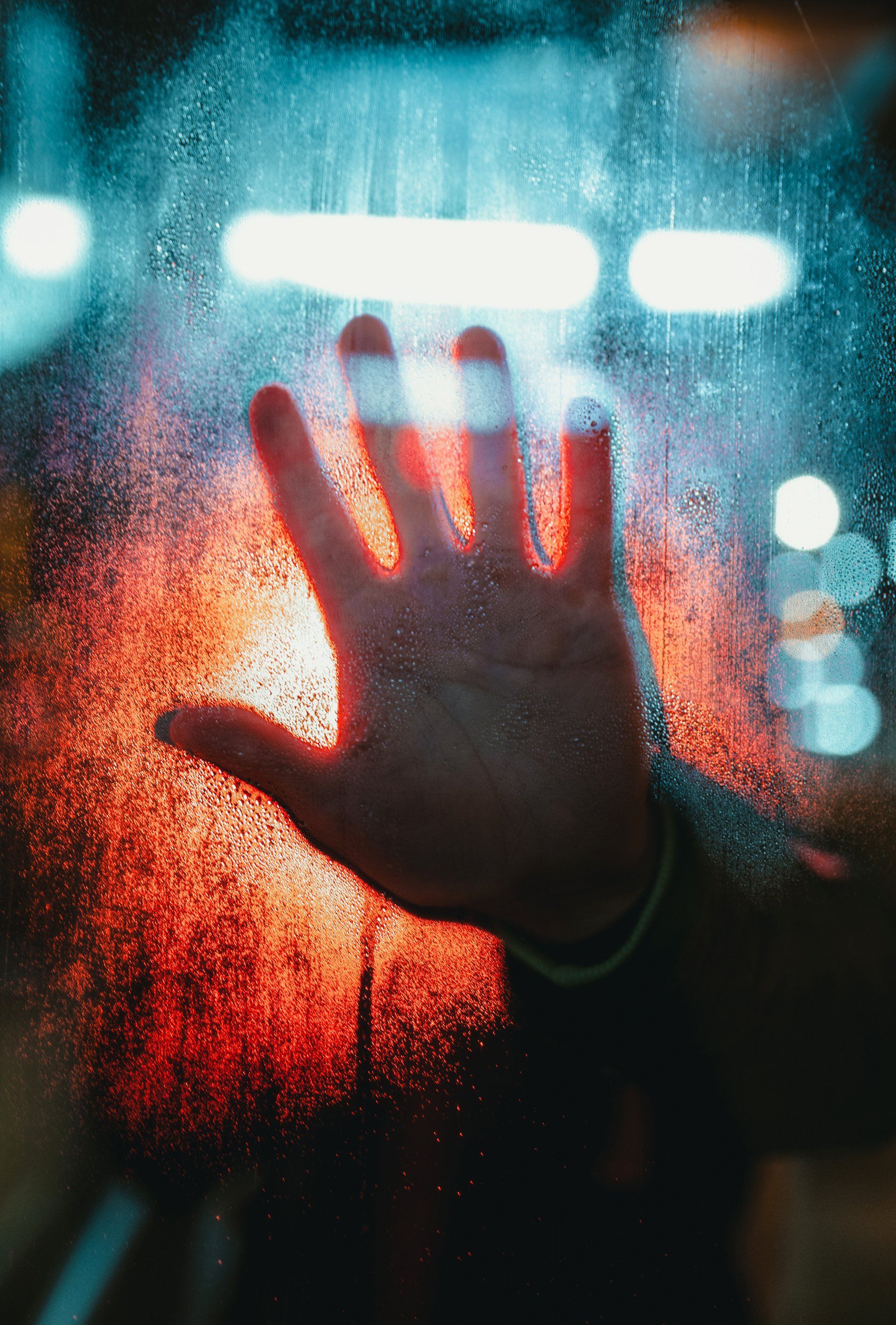Predicting Covid – Secondary school case hikes and a definite third wave
The latest figures reveal how covid cases are rising steadily in England’s secondary schools. The independent SAGE group of scientists that advises the government is warning about rising cases in children, following schools re-opening on 8th March, just three weeks ago.
Brand new results from random swab testing by the Office for National Statistics support the finding, revealing how coronavirus infections among youngsters aged 11 to 16 have gone up slightly. Right now 0.43% of secondary school children are testing positive, compared to 0.31% the week before. As James Naismith from the University of Oxford said, the new variants are harder to control, so it seems likely that schools’ reopening is beginning to show up in the data.
This sits against a background where positive covid tests in England seem to have levelled off. At the same time scientists are seeing signs that the overall decline in new cases in England is slowing down. Right now England’s R number, the average number of people each coronavirus case infects, falls between 0.7 and 0.9, up from 0.6 - 0.9 the previous week and 0.6 - 0.8 two weeks ago.
Germany’s third wave predicted as harder to stop
At the same time officials in Germany say that a third wave of coronavirus infections is set to be ‘harder to curb’ than the first two waves, predicting as many as 100,000 new infections every day without any intervention. Right now the numbers are rising ‘too fast’ and the new variants are making the situation even worse. The German health system could fail in April if things don’t improve. A third wave in Africa could have a fatal effect on fragile healthcare systems in poorer African countries, and the World Health Organization is concerned about that, too.
A UK third wave is ‘inevitable’
Here in the UK Boris Johnson says a third UK wave is ‘inevitable’, and scientists agree. They have have been warning us for weeks that a new surge is due this year as lockdown restrictions ease. The early figures about vaccine take-up and effectiveness are good, but at the same time we have three remaining groups who can catch the virus and get ill, even when everyone else has been vaccinated - the under 18s, people who refuse to be vaccinated, and those it doesn’t protect, are all at risk.
In the UK around 21% of us are under 18. Around 6% of adults say they won’t have the jab, and the first dose of the Pfizer/BioNTech or Oxford/AstraZeneca vaccine delivers around 75 – 80% protection from a severe illness leading to hospitalisation - better than predicted, which is excellent news. All the same these three groups add up, leaving a great many people vulnerable to becoming very ill. There’s more. Vaccines don’t completely stop people from catching and transmitting the virus, even if they don’t get ill, and nobody’s quite sure about the figures for that yet. Some people will have some natural immunity, others won’t.
It’s all about lockdown
Altogether, by July, scientists reckon a third or so of the UK – about 22 million of us – will have neither vaccine-led or natural immunity, so could be affected by the third wave. So how might the third wave look? Hospital admissions and deaths will shoot up alongside infections, but less dramatically than the first two lockdowns. One of the most important factors of all is how quickly the lockdown restrictions are lifted.
The current tactic is to stop and reflect at every step of potential relaxation to see if things are going well enough.
If enough young adults refuse the vaccine it could affect the size of the third wave, as will new variants. Computer modelling, taking all the risks into account, predict the third wave will kill 30,000 more of us.
On the other hand some experts say there are many unknown factors that could easily force deaths and hospitalisations much higher. Scientists say new variants are their biggest worry, and a vaccine-resistant variant is the biggest worry of all.
The more you can do to stop the spread, the better. Let’s talk about how our UVC LED technology quickly, efficiently disinfects spaces by killing the virus.










